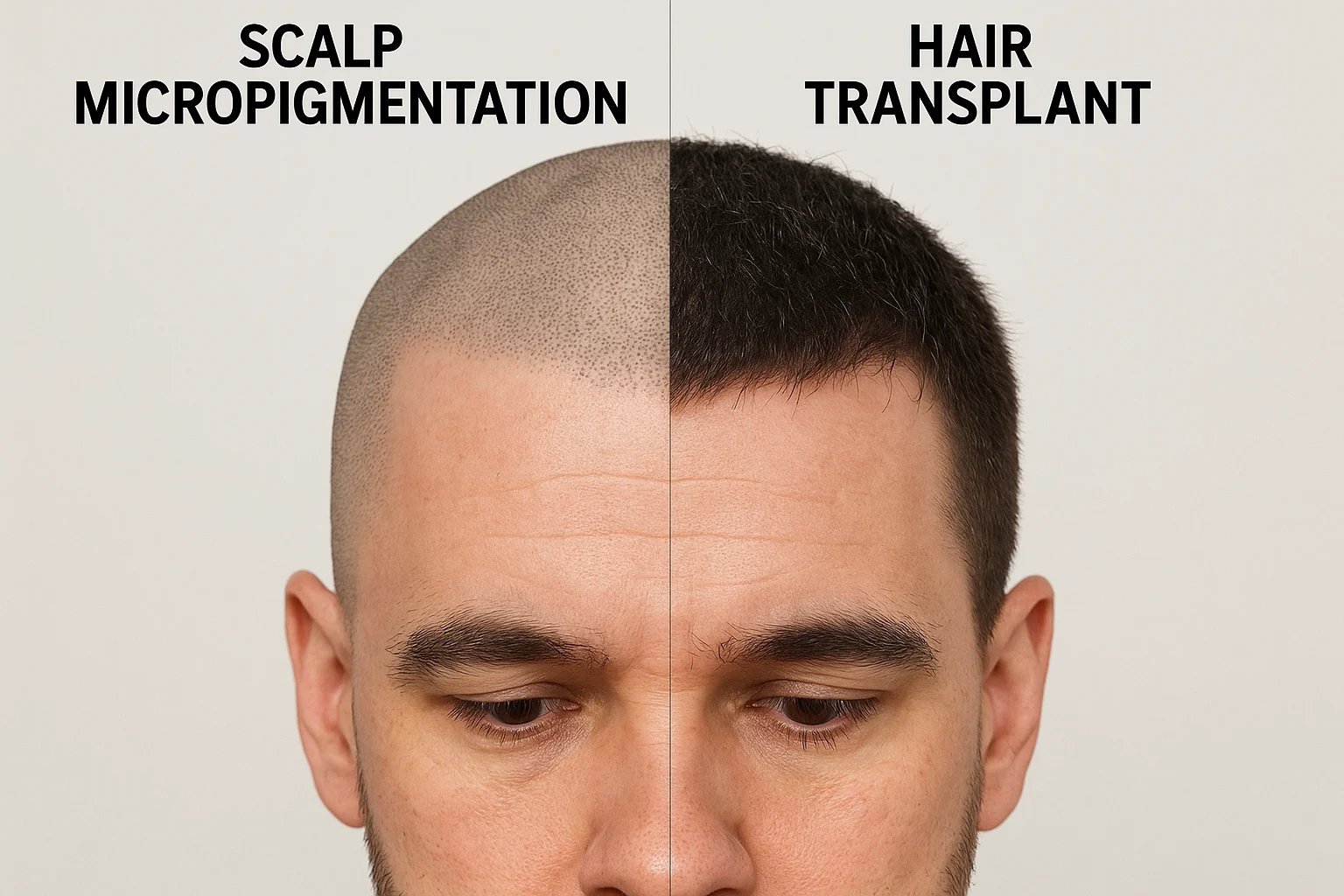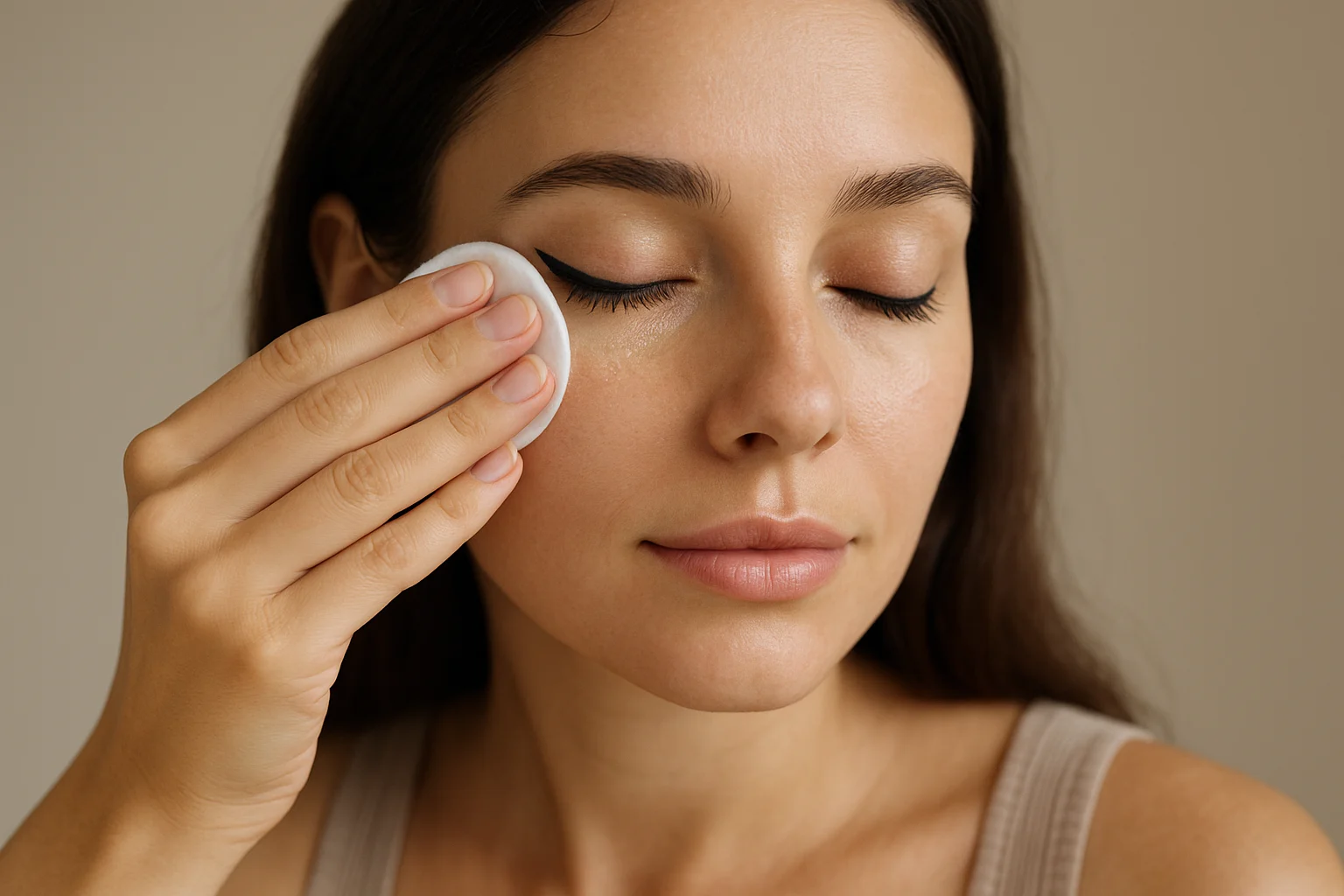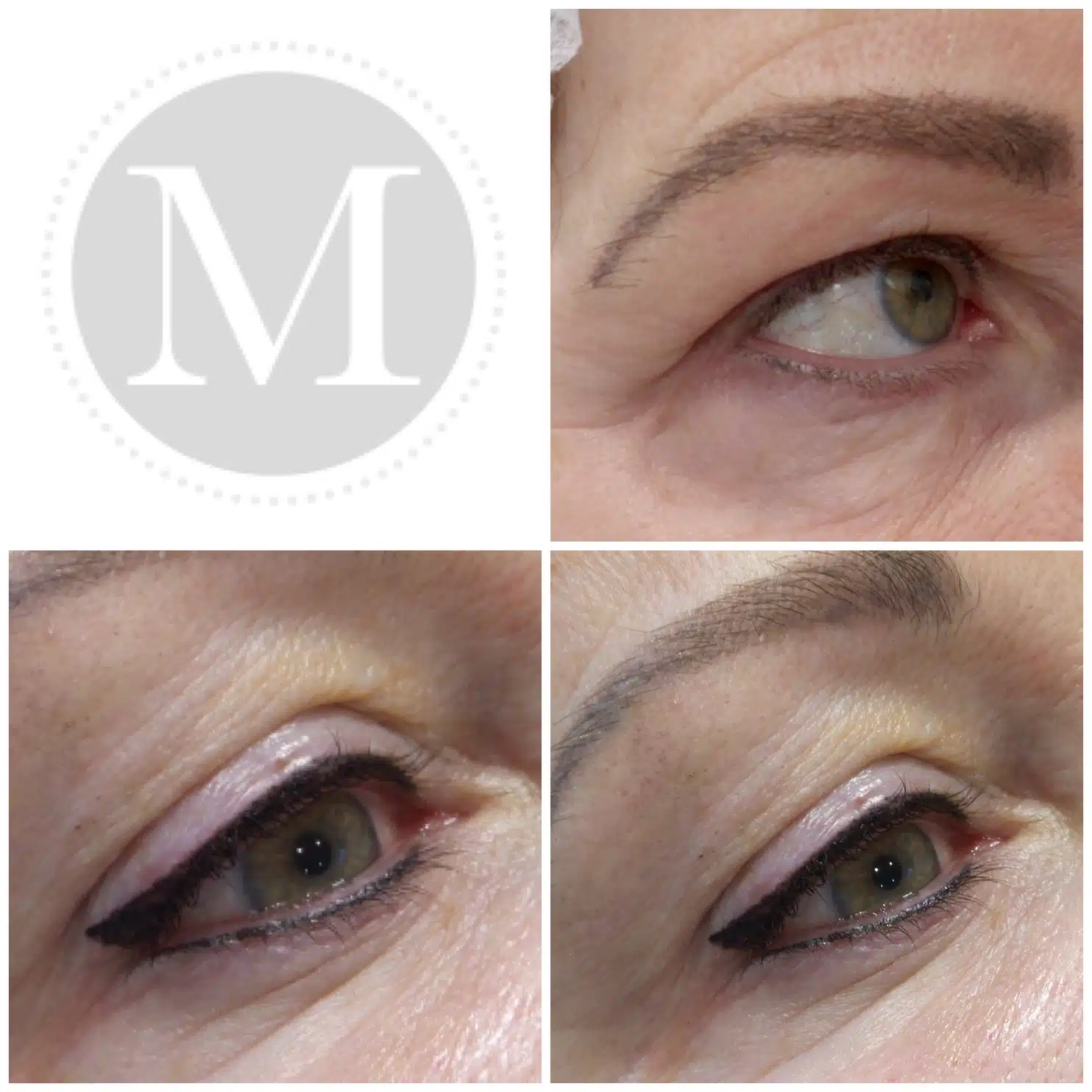
Scalp Micropigmentation vs Hair Transplant: Which is Right for You?
Discover the key differences between SMP and hair transplants to make an informed decision about your hair loss treatment in Manchester.
Scalp Micropigmentation vs Hair Transplant: Which is Right for You?
Hair loss affects millions of people across the UK, with Manchester and the Northwest region showing particularly high search volumes for hair restoration solutions. If you're researching treatment options, you've likely come across two popular approaches: Scalp Micropigmentation (SMP) and hair transplants. Both offer effective solutions, but they work in fundamentally different ways and suit different needs.
This comprehensive guide will help you understand the key differences between these treatments, their costs, recovery times, and which might be the best choice for your specific situation.
Understanding Your Options
What is Scalp Micropigmentation?
Scalp Micropigmentation is a non-surgical cosmetic procedure that uses specialized pigments to create the appearance of hair follicles on your scalp. The treatment involves depositing tiny dots of pigment into the upper layers of the scalp, mimicking the look of a closely shaved head or adding density to thinning areas.
SMP is suitable for both men and women experiencing various types of hair loss, from pattern baldness to complete alopecia. The procedure typically requires 2-4 sessions spaced a few weeks apart to achieve optimal results.
What is a Hair Transplant?
A hair transplant is a surgical procedure where healthy hair follicles are extracted from donor areas (usually the back and sides of the head) and transplanted to balding or thinning areas. The two main techniques are:
- FUE (Follicular Unit Extraction): Individual follicles are extracted and transplanted
- FUT (Follicular Unit Transplantation): A strip of scalp is removed and divided into individual grafts
Key Differences: SMP vs Hair Transplant
The fundamental differences between these treatments are significant and should inform your decision-making process. Here's a comprehensive comparison of the key factors:
Cost Comparison
Manchester Average Costs:
- SMP: £1,195 - £2,495 for full treatment
- Hair Transplant: £3,000 - £15,000+ depending on the number of grafts needed
The cost difference is significant, with SMP typically being 2-3 times more affordable than hair transplants. However, hair transplants are considered permanent, while SMP requires touch-ups every 4-6 years.
Recovery Time and Downtime
SMP Recovery:
- Minimal downtime (1-2 days)
- Return to work the next day
- Avoid washing hair for 4-5 days
- Full healing within 1-2 weeks
Hair Transplant Recovery:
- 1-2 weeks off work typically required
- Scabbing and crusting for 7-10 days
- Exercise restrictions for 2-4 weeks
- Full results visible after 6-18 months
Results Timeline
One of the most significant differences is when you'll see results:
- SMP: Immediate results visible after the first session, with full results after 2-3 sessions
- Hair Transplant: Initial transplanted hair falls out after 2-3 weeks, new growth begins at 3-4 months, full results at 12-18 months
Success Rates
Both treatments have high success rates:
- SMP: 90-95% patient satisfaction rate
- Hair Transplant: 85-95% graft survival rate
Who is a Good Candidate for SMP?
SMP is ideal for individuals who:
- Have any degree of hair loss, including complete baldness
- Want immediate results with minimal downtime
- Prefer a non-surgical approach
- Are looking for a cost-effective solution
- Want to achieve a "buzz cut" appearance
- Need to camouflage scars from previous hair procedures
- Are not suitable candidates for hair transplants due to insufficient donor hair
Age Considerations: SMP has no age restrictions and is suitable for men and women of all ages.
Who is a Good Candidate for Hair Transplants?
Hair transplants work best for individuals who:
- Have pattern baldness (male or female pattern hair loss)
- Possess adequate donor hair at the back and sides of the head
- Are over 25 years old (hair loss pattern has stabilized)
- Want to regrow their own natural hair
- Are willing to wait 6-18 months for full results
- Can commit to the recovery process
- Have realistic expectations about outcomes
Important Note: Not everyone is a suitable candidate for hair transplants. Those with diffuse thinning, insufficient donor hair, or certain medical conditions may not achieve satisfactory results.
Side Effects and Risks
SMP Side Effects (Mild and Temporary):
- Redness and swelling (24-48 hours)
- Minor scabbing and flaking
- Temporary itching
- Very rare risk of infection or allergic reactions
Hair Transplant Side Effects:
- Swelling and bruising (1-2 weeks)
- Bleeding and infection risk
- Scarring (especially with FUT method)
- Numbness or reduced sensation
- Uneven hair growth
- Need for additional procedures
Treatment Suitability by Hair Loss Type
Pattern Baldness (Male/Female)
- SMP: Excellent for all stages, including advanced balding
- Hair Transplant: Best for mild to moderate loss with good donor hair
Alopecia Areata (Patchy Hair Loss)
- SMP: Excellent for camouflaging patches
- Hair Transplant: Not recommended (autoimmune condition may affect transplanted hair)
Complete Baldness
- SMP: Ideal solution - can create full head coverage
- Hair Transplant: Often not suitable due to lack of donor hair
Thinning Hair
- SMP: Excellent for adding density appearance
- Hair Transplant: Good option if sufficient donor hair available
Long-Term Considerations
SMP Longevity
- Initial results last 4-6 years
- Touch-ups required every 3-5 years
- Gradual fading over time
- Total lifetime cost needs consideration
Hair Transplant Longevity
- Transplanted hair is permanent
- Natural aging process continues
- May need additional procedures if hair loss progresses
- Requires ongoing hair care and maintenance
Making Your Decision: Key Questions to Ask
- What's your budget? SMP is significantly more affordable upfront
- How quickly do you need results? SMP offers immediate results vs 6-18 months for hair transplants
- What's your tolerance for surgery? SMP is non-surgical with minimal downtime
- Do you have adequate donor hair? Essential for hair transplant success
- What's your age? Hair transplants not recommended under 25
- What look do you want? SMP creates buzz-cut appearance, transplants grow natural hair
The Manchester Advantage
Manchester has become a hub for hair restoration treatments, with the city recording the highest search volumes for hair loss solutions in the Northwest. This increased demand has led to:
- Competitive pricing for both SMP and hair transplants
- High-quality practitioners and clinics
- Comprehensive aftercare support
- Growing expertise in both treatments
Statistics show that Manchester residents are increasingly choosing SMP for its convenience, affordability, and immediate results, particularly among professionals who can't afford extended downtime.
Combining Treatments
Some individuals benefit from combining both treatments:
- SMP can enhance hair transplant results by adding density
- SMP can camouflage scars from hair transplant procedures
- Hair transplants can provide natural hair growth, with SMP adding overall coverage
Conclusion: Which is Right for You?
The choice between SMP and hair transplant depends on your individual circumstances:
Choose SMP if you:
- Want immediate results with minimal downtime
- Have a limited budget
- Are comfortable with the buzz-cut appearance
- Have advanced hair loss or complete baldness
- Prefer non-surgical treatments
- Are looking for a lower-maintenance solution
Choose Hair Transplant if you:
- Want to regrow your own natural hair
- Have adequate donor hair and mild to moderate hair loss
- Are willing to wait 6-18 months for results
- Can commit to the recovery process
- Have a larger budget for the procedure
- Are over 25 with stabilized hair loss
Remember, both treatments are highly effective when performed by skilled practitioners. The key is choosing the option that best aligns with your lifestyle, budget, expectations, and specific type of hair loss.
For personalized advice about which treatment might be best for your situation, consider booking a consultation to discuss your individual needs and goals. Whether you choose SMP or another treatment path, the most important thing is making an informed decision that you'll be happy with long-term.
Take the Next Step
Ready to explore your options? Contact us today to learn more about our SMP treatments for men and women, and discover how we can help you regain your confidence with a natural-looking hair solution.
This guide provides general information about SMP and hair transplants. Individual results may vary, and it's important to consult with qualified practitioners to determine the best treatment for your specific situation.

